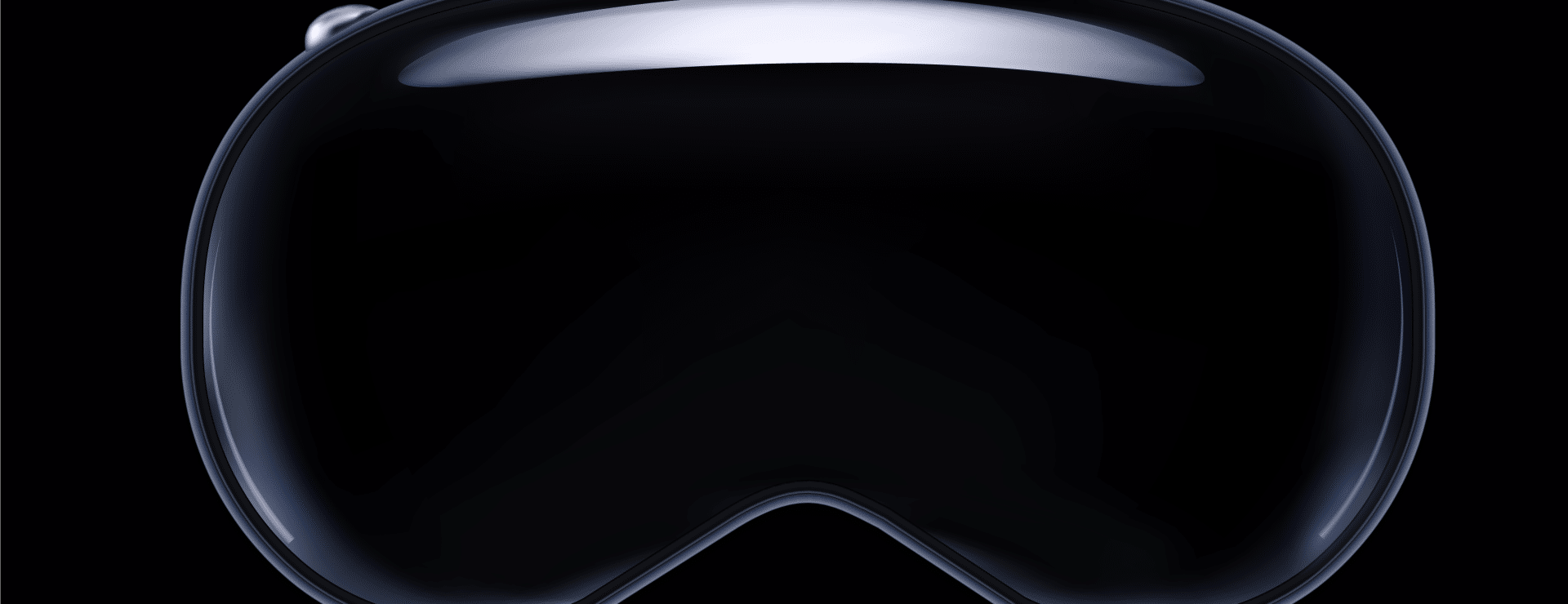Ever since Apple announced the forthcoming advent of its Vision Pro headset back in June, Spatial Computing has increasingly become a hot topic. I’m certainly excited by what is going to be available to the end user. And not just at launch but as the understanding and technologies mature in the content production pipeline.
But what is Spatial Computing? How will it change how content is consumed, what are its potential wider ramifications, and what is needed to get there?
Spatial Computing: A New Experience
Spatial Computing represents a paradigm shift in how we interact with technology and with the world around us. At its core, it involves the seamless integration of digital elements into the physical world. Imagine a world where digital information isn’t confined to screens but becomes an integral part of our surroundings.

In fact, the idea is that our computer disappears, and our screen is blown up to encompass the entire universe. We can hang app windows anywhere we want to in the real world around us, or alternatively have a huge screen encompassing the space within our vision.
Our interaction with these apps will no longer be governed by a mouse or a touchscreen. We will be able to manage apps with a simple hand gesture, eye movement, or facial expression.
Changing our Lives
Spatial Computing can change how stories are told. There is nothing more exciting than this. However, for that transformation to happen, the notion of Quality of Experience must achieve new heights. With media content around us and sensors capturing objects to make the audio bounce off them, we will be thrust into the heart of the action when watching video.
But beyond that, our apps can seamlessly integrate with the content we are viewing. This means we can easily add overlays enabling new interaction with the content – for example:
- through a behind-the-scenes interview with a celebrity or a shopping experience.
- when buying the clothes your favorite actors are wearing. This opens new monetization opportunities that are far more powerful than personalized ads or anything we have seen so far.
- by enabling product placements with the lure of immediate, spontaneous buys that are just a hand-gesture or a longing look away.
Spatial Computing will bring spectacular 3D movies to you on demand, wherever you are – even on a cramped airplane seat! Crucial for this is the ability to pre-prepare content for Vision Pro to deliver an amazing Quality of Experience. The next logical step is live. Concerts and sports will be completely transformed. Imagine the immersive experience of being at the stadium or concert venue, while still at home. You then layer on interactive extras. You dive deep into sporting statistics, or shop for the guitar being played by the lead singer.
But the implications of Spatial Computing extend far beyond the realm of entertainment. As the technology matures, it has the potential to redefine various aspects of our daily lives. From enhanced productivity and immersive learning experiences to revolutionizing industries such as healthcare and manufacturing, Spatial Computing opens up countless possibilities.
Ateme Enables Spatial Computing
While the concept of Spatial Computing is exhilarating, realizing its full potential requires overcoming various challenges.
It all starts with the content itself. Essential to Spatial Computing and the immersive experience is the ability to encode and deliver in the highest quality to enable that seamless interaction. Moreover, immersive video typically requires two different streams, one for each eye, to mimic the way we see things in the real world.
As we eagerly anticipate the widespread adoption of Spatial Computing, Ateme’s TITAN emerges as a pivotal solution to address these encoding challenges. The first step is Video on Demand (VoD). And thanks to TITAN’s underlying Gen 7 STREAM encoding engine, we are already capable of encoding file assets to the MV-HEVC codec, which is compatible with Apple Vision Pro. Next year, we will enrich our TITAN solution to enable a glass-to-glass experience in the production chain, from contribution through to distribution, on-prem or in your chosen hyper-scaler.
Underpinning everything are the Ateme TITAN core technologies, boasting advanced capabilities that ensure top-tier video quality. These capabilities make them ideal for the demands of Spatial Computing experiences. With the ability to efficiently handle the intricacies of encoding content for immersive technologies, Ateme’s TITAN transcoders play a crucial role in paving the way for a seamless and immersive Spatial Computing future.
What excites you about the future of Spatial Computing? And how does it fit into your future? Let us know in the comments below.

